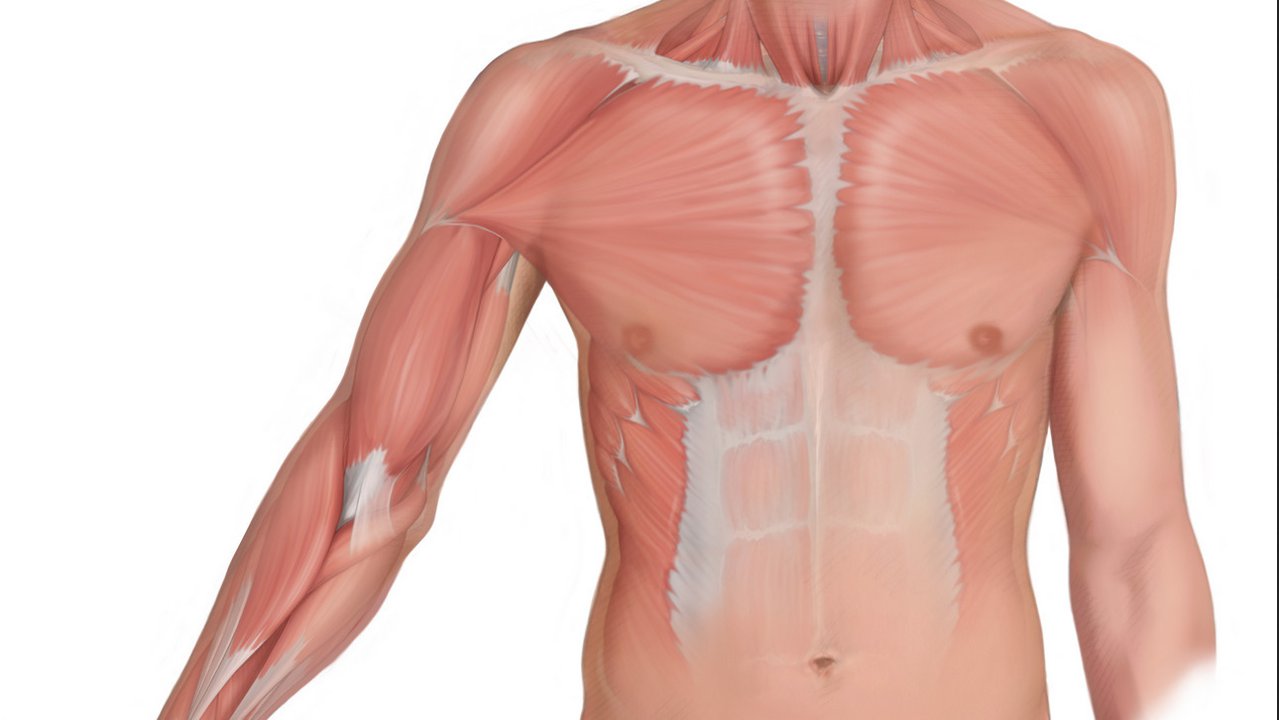At the intersection of strength and skiing is predominantly the core and lower half of the body. But, what about the upper body (i.e shoulders, chest, upper back, arms)? Why does this part of the body receive less love and what are the best upper body exercises? One reason is empirical: at face value it feels as though upper body strength has relatively low impact on ski-run performance because it’s the skis pushing off the snow and not the upper body. A second reason is statistical significance: strength in the lower half of the body is more of a risk factor for skiing related injuries compared to upper body strength. Yet, I don’t see a transparent downside of having equal profiles of upper and lower body strength for skiing. So, let’s look more into this neglected part of the body with the hopes it could possibly improve your skiing outcomes.
Most of our knowledge for lower half strength and skiing outcomes comes from investigative research. Unfortunately, there is a scarcity of high level intervention studies examining upper body strength on performance outcomes for alpine skiers. However, there is more of this research for cross country skiers. I suggest we first take a look into cross country skiing to see if any findings could be extrapolated and applied to alpine skiing. Upper body strength and conditioning is researched in classical cross country skiing because diagonal and double poling are the main techniques used in arguably the most endurance demanding sport. The propulsion of these techniques is exerted through the poles with power equally derived from the upper and lower halves of the body. A study done by Vandbakk e al. show that changes in upper body strength and maximal V02 were more present in the sprint interval group (e.g. inclined roller skiing or kneeling roller board at maximal sustainable effort) compared to continuous low to moderate intensity (60-80% heart rate max) double pole roller skiing.
Both of these findings are very important for a sport where the sprint start to these competitions influence outcomes. But, is this applicable to other forms of skiing? You will probably find pole planting occurs in the type of skiing you do whether it’s skating to get the first chair, bootpacking then racing to the best line before the others, or skate pushing yourself into a jump. Every scenario requires upper body strength to arrive at your destination and the conditioning to not let an elevated heart rate affect your immediate performance during a high risk maneuver. An extreme example is biathlon: the skier needs to immediately control their heart rate in order to accurately and precisely shoot a target after cross country skiing. Hopefully this paints the picture that upper body strengthening could be an important focus for all skiers. I believe skiers should be participating in an upper body strengthening program like athletes in other sports to develop equal profiles between the upper and lower halves of the body in an attempt to improve skiing outcomes.
Your upper body strengthening routine from a weekly perspective can be divided into 1 “push” day, 1 “pull” day, and 1-3 conditioning days. Foundational “pushing” movements include intuitive one likes push-ups, bench press, overhead press, sled pushes and less intuitive ones like Turkish Get Ups. Foundational “pulling” movements include intuitive ones like body-weight assisted or full body-weight pull ups, Lat pull downs, rows, sled pulls, and less intuitive ones like heavy kettlebell farmer’s carry. These strengthening days can currently be performed with 1-2 sets of 15-20 repetitions. The conditioning days can currently consist of roller skiing or hinged SkiErg training at a continuous low-to-moderate intensity (45-75 minutes of 60-80% heart rate max) and progressing to high intensity speed interval training during the preseason. We also know skiing requires bidirectional turns, with each turn alternating the demanding on one side more than the other, and core strength to control the body throughout the turning phases. As a result, upper body and core strength are inexplicably linked in skiing. And is similar to other rotational sports-baseball, golf, hockey-in which skiers need to use both parts to repetitively rotate the trunk to face downhill for efficient linking of turns. Therefore, upper body strengthening exercises that can be performed one at a time that challenges the core should be prioritized. Examples include:
1. Alternating Dumbbell Bench Press with your bottom off the bench or a stability ball
2. Hinged Single Arm Dumbbell Row with one arm support
4. Side Plank-resisted shoulder horizontal abduction
5. Prone plank-rotational weight drags
6. Tall planks-single arm banded rows
I hope this provides some guidance and helps to shape for you what an upper body strengthening routine can look like for a skier.
Dr. Benjamin Pierce Costa, PT, DPT
Telephysio PT-Owner
US Ski Team Rotational Physical Therapist
References
Vandbakk K, Welde B, Kruken AH, Baumgart J, Etterna G, Karlsen T, et al. (2017) Effects of upper-body sprint-interval training on strength and endurance capacities in female cross country-country skiers. PLoS ONE 12(2): e0172706. doi:10.1371/journal.pone.0172706


Comments